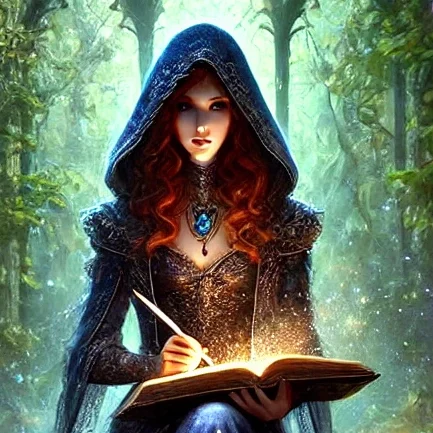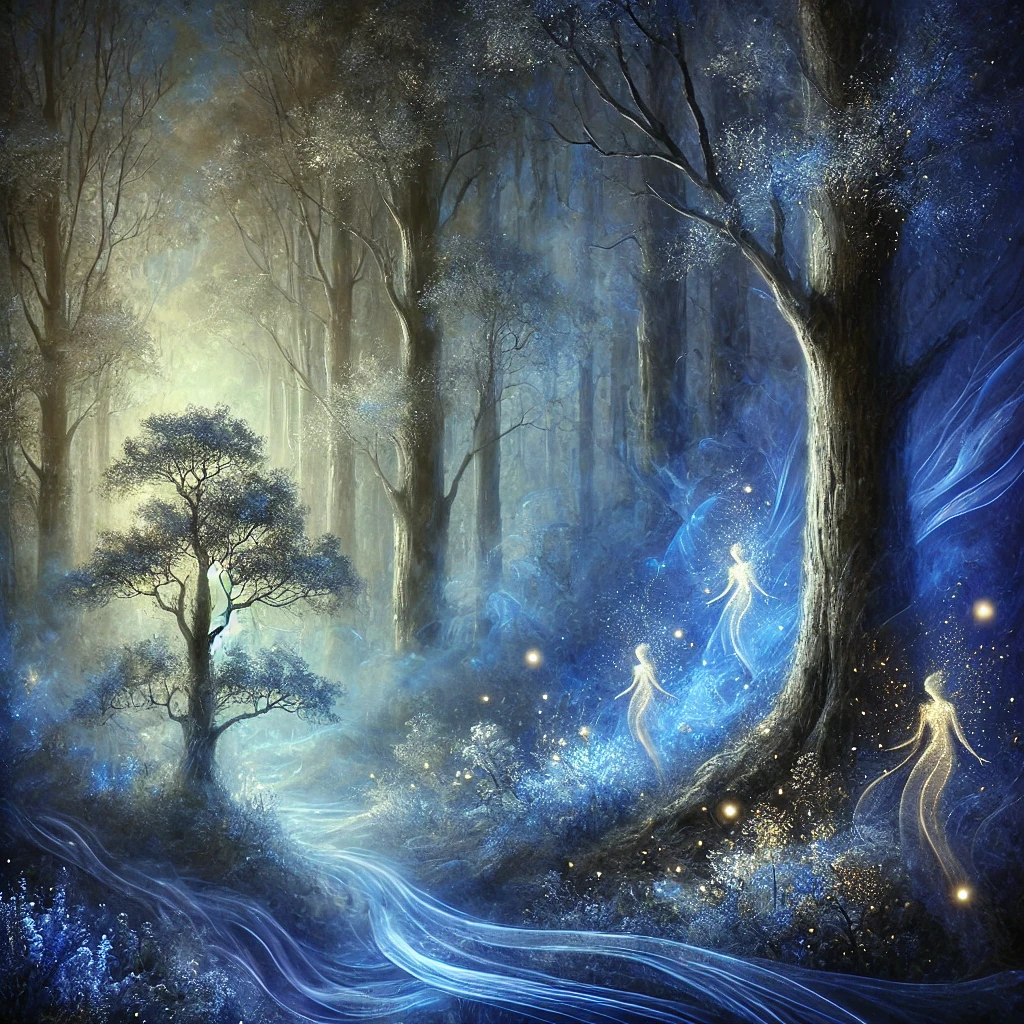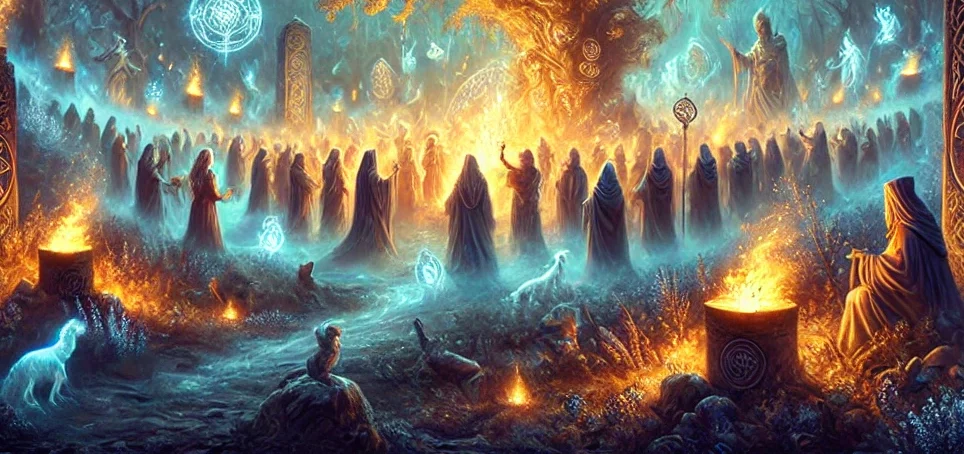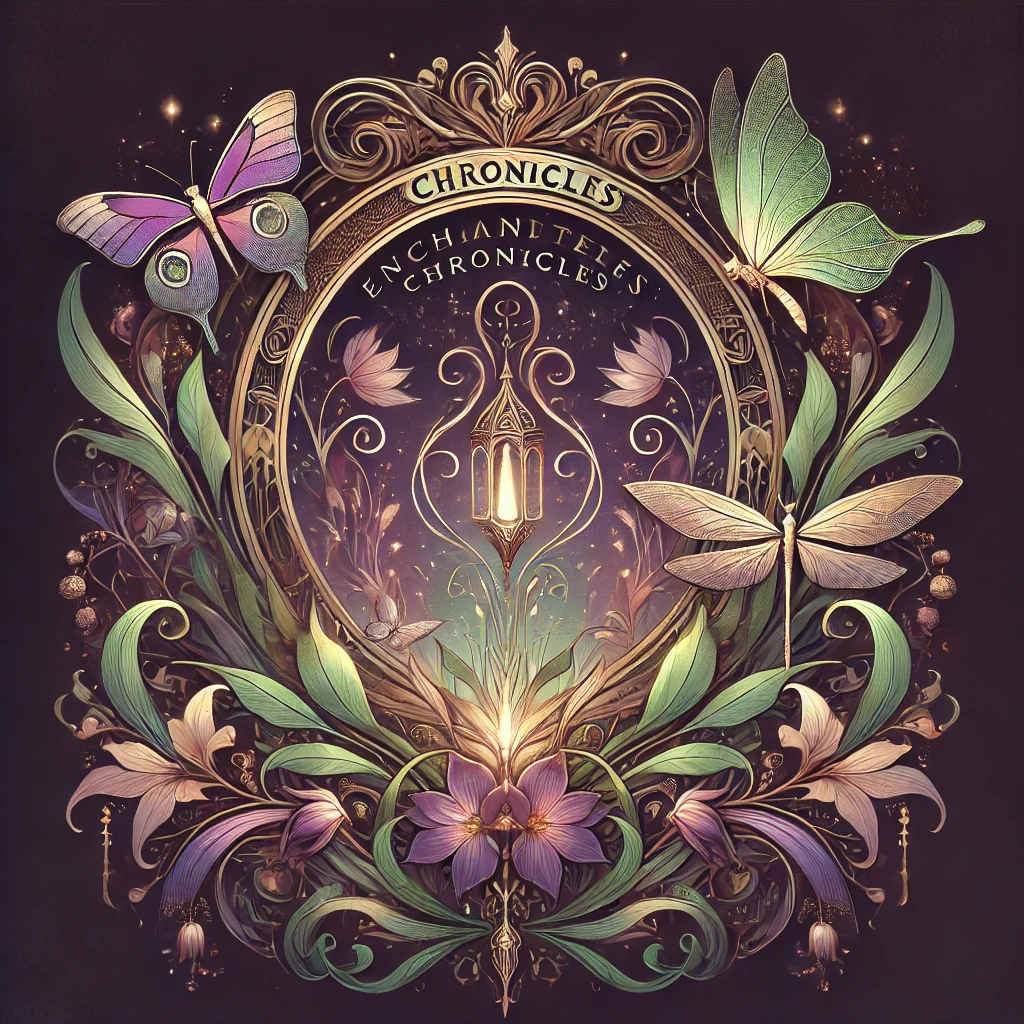Samhain: The Ancient Festival That Inspired Halloween and Local Folklore

By : Lirien Thornveil
Samhain (pronounced “sah-win” or “sow-in”) is an ancient Celtic festival that has lasted for centuries, not only shaping the roots of modern Halloween but also serving as a bridge between the living and the spirit world.
Traditionally celebrated from October 31st to November 1st, it marks the end of the harvest and the beginning of the darker half of the year.
While its origins lie deep within Irish, Scottish, and Welsh cultures, its echoes can be felt across the globe, especially in areas rich in Celtic folklore. But Samhain is much more than just a precursor to Halloween—it’s an immersive experience filled with myths, magic, and mysticism, offering incredible opportunities for local tourism and cultural exploration.

Origins of this local folklore: A Sacred Threshold
Samhain is one of the four major Gaelic festivals, alongside Imbolc, Beltane, and Lughnasadh. It has roots dating back over 2,000 years to the ancient Celtic peoples of Ireland, Scotland, and Wales. The festival marked a pivotal point in the agricultural calendar, celebrating the completion of the harvest and honoring the transition into winter. As the veil between the worlds of the living and the dead was believed to be thinnest during this time, Samhain was seen as a liminal space—a threshold between life and death.
In pre-Christian Celtic tradition, it was thought that during Samhain, the spirits of the dead would return to visit the living. Bonfires were lit to protect the community, and offerings of food were left out to appease the spirits. People would also wear costumes—often animal skins or disguises—to ward off any malevolent spirits that might wander through the veil.
This connection to the supernatural and the deep respect for the dead forms the foundation of many of its customs, many of which were later incorporated into the Christian holiday of All Hallows’ Eve (Halloween). But even today, Samhain remains a time for reflection, honoring ancestors, and embracing the mysteries of the unknown.
Local folklore: Mystical Tales and rich foklore
Samhain is steeped in rich folklore and mythical tales that are passed down through generations. One of the most famous legends associated with this tradition involves the Sidhe (pronounced “shee”), a race of supernatural beings from Irish mythology. The Sidhe are often depicted as fairy-like creatures who reside in the Otherworld, a realm just beyond the veil of mortal life. During Samhain, the boundary between our world and theirs is believed to be especially thin, allowing the Sidhe to slip into the mortal realm. These beings are often portrayed as tricksters or mischievous spirits, and their presence is said to bring both blessings and dangers.
Another well-known figure in this local folklore is the Cailleach, a fearsome, ancient crone who governs winter. She is said to take control of the weather during the colder months, bringing storms and frost to the land. During Samhain, the Cailleach is said to awaken from her slumber and prepare for her reign over winter. Some tales even suggest that if the weather on Samhain is clear and calm, the Cailleach will be in a good mood, while a stormy day indicates her wrath. Spirits and the Otherworld
One of the most enduring aspects of this lore is the belief that spirits, including ancestors and mischievous fairies, roamed the earth on this night. People wore disguises—an early form of modern Halloween costumes—to avoid being recognized by wandering spirits. Some also carved faces into turnips and placed candles inside them, a precursor to the jack-o’-lantern tradition.
The Role Of Druids And Divination
Druids, the spiritual leaders of the Celts, played a central role in Samhain rituals. They conducted ceremonies to honor the dead, read omens for the coming year, and led protective rites to ward off malevolent forces. Many people sought guidance from the spirits during this time, using methods such as apple bobbing, mirror gazing, and casting runes to predict their future.

The Role of this traditin in Local Tourism
For local tourism, this lore offers an exceptional opportunity to connect with ancient traditions while embracing the mysticism that draws people in. Towns and villages with Celtic roots can develop immersive experiences that highlight local myths, history, and folklore. Here’s how:
Historical Tours and Reenactments: Visitors can step into the past with guided tours that explore the roots of this legend, visiting ancient burial sites, standing stones, and areas with rich folklore. Many places hold reenactments of traditional rituals, where attendees can watch fire dancers, storytellers, and actors bringing ancient myths to life.
Samhain Festivals: Local communities can host festivals that celebrate the customs around this Legend, complete with bonfires, costumes, feasts, and storytelling. These festivals can be a blend of historical accuracy and imaginative fun, allowing visitors to participate in the festivities and learn about the cultural significance of the holiday.
Celtic Craft Markets and Food: This Legend is closely tied to the harvest season, so farmers’ markets and craft fairs can highlight local foods, potions, and unique Celtic crafts. Local artisans can showcase their work, from hand-carved wooden masks to woolen clothing, offering visitors a chance to take home a piece of its mystical charm.
Spiritual and Paranormal Tourism: For those fascinated by the supernatural, it is the perfect time to take a paranormal tour, where visitors can explore haunted locations, listen to ghost stories, and perhaps even attempt to communicate with the spirits themselves. Some places may offer ritualistic experiences like “calling the ancestors” ceremonies or guided meditations to connect with the past.
Myth and Folklore Exploration: Museums and cultural centers can offer exhibits and storytelling sessions that focus on the rich tapestry of Celtic mythology and folklore surrounding Samhain. These can include displays of ancient artifacts, books on Celtic deities and spirits, and even interactive storytelling sessions for children and families.
Embracing the Mystical Spirit of Samhain
Samhain is more than just a holiday—it’s a deep cultural experience rooted in mystery, transformation, and a connection to the unknown. With its blend of ancient rituals, powerful myths, and haunting folklore, it offers a unique and unforgettable way to explore the mystical side of life. For locals and tourists alike, Samhain provides an opportunity to step back in time, embrace the magic of the season, and witness the ancient dance between the living and the dead.
For those seeking an enchanting and otherworldly experience, it is the perfect occasion to dive into the heart of Celtic traditions, discover forgotten myths, and feel the veil between worlds lift just enough to invite a little magic into everyday life.
Welcome to the Mystical Samhain Forest
You find yourself deep in the heart of Brocéliande Forest during Samhain. The air is thick with mystery. Where will you go?
This Legend and tradition in Modern Times
Despite the rise of commercialized Halloween celebrations, Samhain remains a deeply spiritual event for many, particularly in Celtic regions and among modern pagans, Wiccans, and Druids. Today, it is celebrated with rituals that honor ancestors, meditation, candlelit ceremonies, and even reenactments of ancient customs.
In Ireland, places like the Hill of Tara and Tlachtga hold Samhain festivals that aim to reconnect people with their Celtic heritage. In Scotland, fire festivals such as Edinburgh’s Samhuinn Fire Festival bring an artistic and theatrical representation of the ancient festival to life.
The Legend of the Púca
The Púca is a mischievous spirit associated with Samhain. According to folklore, this shapeshifting creature could bring either good fortune or chaos. Farmers would traditionally leave out offerings to appease the Púca, ensuring a bountiful harvest for the following year.
The Tale of the First Jack-o’-Lantern
An Irish folktale tells of Stingy Jack, a trickster who deceived the Devil and was doomed to wander the earth with only a hollowed-out turnip lit by an ember. This legend eventually led to the widespread tradition of carving pumpkins on Halloween.
The Gates of the Underworld
Some legends suggest that certain locations in Ireland, such as the Oweynagat cave in County Roscommon, were believed to be portals to the Otherworld. On Samhain night, it was said that creatures from this realm would emerge to interact with humans, sometimes offering wisdom or causing mischief.
One Last Word
Samhain remains one of the most fascinating and long lasting festivals of ancient times. Its evolution into modern Halloween has not erased its deeper meanings—connections to the cycles of nature, reverence for the dead, and an acknowledgment of the mysteries that lie beyond the veil. Whether celebrated through quiet remembrance, grand festivals, or modern Halloween revelry, this tradition continues to captivate and inspire those who seek to honor its legacy
Join our community of readers Subscribe To our newsletter!
Get Your Free Coloring Pages to print!

Unlock your creativity with our exclusive Enchanted Chronicles coloring pages to Print!
Download them now and start your magical journey!
